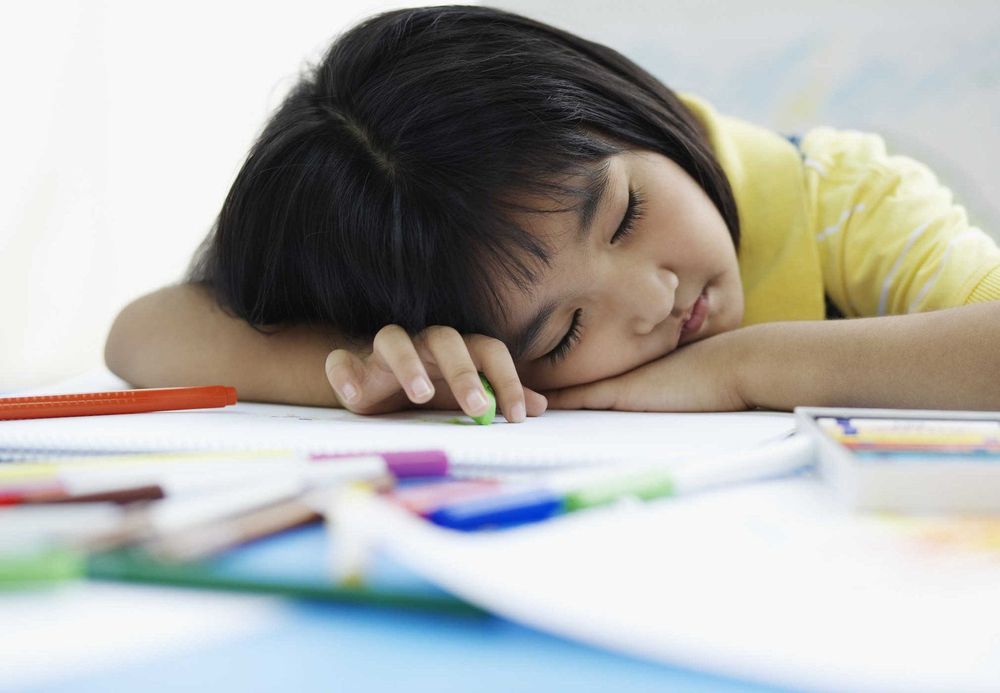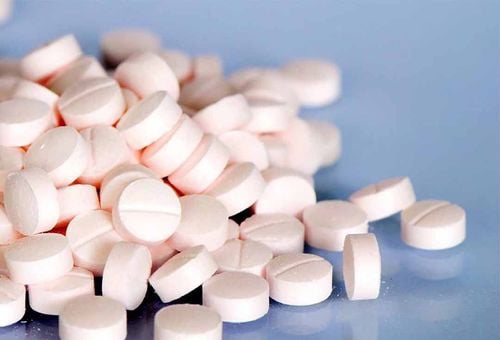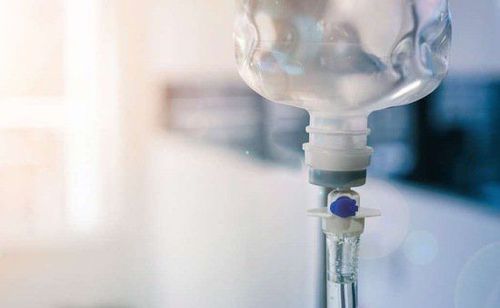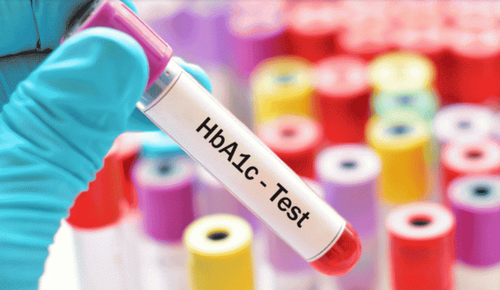This is an automatically translated article.
Anemia in children is a fairly common condition that can occur at any age in children. If not detected and treated in time, anemia will greatly affect the physical and mental development of children.
1. Why do children have anemia?
Hemoglobin is an iron-containing protein located in red blood cells. Hemoglobin's function is to transport oxygen from the lungs to the body's tissues and to transport carbon dioxide from the tissues back to the lungs. Anemia is a condition in which the amount of hemoglobin (or red blood cell mass) in the body is below the normal limit.
Children with anemia is a fairly common condition. According to the World Health Organization, children are diagnosed with anemia when the amount of hemoglobin in the red blood cells is below the following limit:
Children 6 months - 6 years old: hemoglobin level less than 110 g/l Children 6 - 14 years old: hemoglobin level less than 120 g/l Anemia can appear at any age in children. The causes of anemia in children are diverse, including some common causes such as:
Poor diet or anorexia, picky eaters, causing the body to lack substances needed to create red blood cells such as iron. , folic acid, vitamin B12, ... Children suffering from malnutrition, infections, chronic diseases make the bone marrow produce less red blood cells than normal. Children with blood loss, bleeding due to trauma, gastrointestinal bleeding due to infections such as dysentery, necrotizing enterocolitis, Dengue hemorrhagic fever, helminth infections, .. When anemia, children may appear symptoms such as pale skin, pale palms, trouble sleeping, difficulty concentrating, fatigue faster when playing than other children. Some anemic children have symptoms of tachycardia, because the lack of blood causes a lack of oxygen to the organs. The body has to compensate by increasing the heart rate to eject blood at a faster rate.
2. Is anemia in children dangerous?
Blood is responsible for providing nutrients and oxygen to help the organs in the body work properly. Therefore, when a child is anemic, it will greatly affect the physical and mental development of the child. Depending on the degree of anemia will affect the child's body from little to more.
Are anemic children dangerous? Some common complications when children have anemia include:
Overall: tired, lethargic, sedentary due to lack of energy, slow or stop weight gain. In terms of nerves and mental health: because the brain is the organ that consumes the most oxygen in the body, when there is insufficient blood supply to the brain, it will cause symptoms of nerve damage such as headaches, tinnitus, dizziness. , dizziness, poor concentration when studying, reduced perception and thinking. About respiration: children with anemia may have difficulty breathing, rapid shallow breathing, labored breathing. Cardiovascular: anemia greatly affects the cardiovascular system. Children with anemia can have arrhythmias because the heart has to work harder to pump blood to the body. If prolonged anemia can lead to heart failure with symptoms such as edema, shortness of breath, enlarged heart,... Immune: Anemia can weaken the immune system, increasing the risk of disease. infectious disease.

Giải đáp trẻ thiếu máu có nguy hiểm không?
3. What should anemic children eat?
Due to the dangerous effects of anemia on the body, when a child has symptoms of anemia, parents should take the child to a health care provider to promptly detect and treat the causes of anemia. In addition, parents need to adjust their diet, supplementing with iron-rich foods and nutrients necessary for blood formation.
What should anemic children supplement? Some foods children should eat when suffering from anemia include:
Red meats such as beef, lean pork, pork thighs, lamb, .. contain a lot of iron, very good for children with anemia. Pork liver is also a food rich in iron and other nutrients such as vitamin A, phosphorus, vitamin B, vitamin D. When a child is anemic, a moderate amount of pig liver can be added to the child's diet. Seafood such as fish, clams, oysters, shrimp, crab,... contain a lot of iron and vitamins, which are very good for the health of children with anemia. Eggs: Eggs (chicken eggs, duck eggs) contain a lot of iron and an abundant amount of protein to help the child's body develop. Dark colored vegetables such as watercress, amaranth, spinach, collard greens, spinach, spinach, celery, broccoli... ,legumes such as black beans, red beans, green beans ...contains a lot of iron, vitamins, protein, which is a very necessary food source for the child's body. Parents need to add these foods to the diet of an anemic child every day to help them make up for the lack of iron in the body. Fruits such as watermelon, strawberry, banana, papaya, plum, date, grape, ... contain a lot of iron, vitamins and minerals. Anemic children should eat? Fruits rich in vitamin C such as oranges, tangerines, grapefruit, guava, kiwi, ... should also be added to the child's diet because vitamin C will help support better iron absorption. In addition to choosing the right foods, parents also need to pay attention to hygiene when preparing food to avoid helminth diseases and diarrhea. Deworming children periodically to avoid the risk of anemia due to helminth infections.
For more nutritional knowledge and child care for each age, parents should regularly visit the website vimec.com and make an appointment with the leading doctors, pediatric and nutrition experts of the National General Hospital. Vinmec when needing advice on children's health.
Please dial HOTLINE for more information or register for an appointment HERE. Download MyVinmec app to make appointments faster and to manage your bookings easily.













